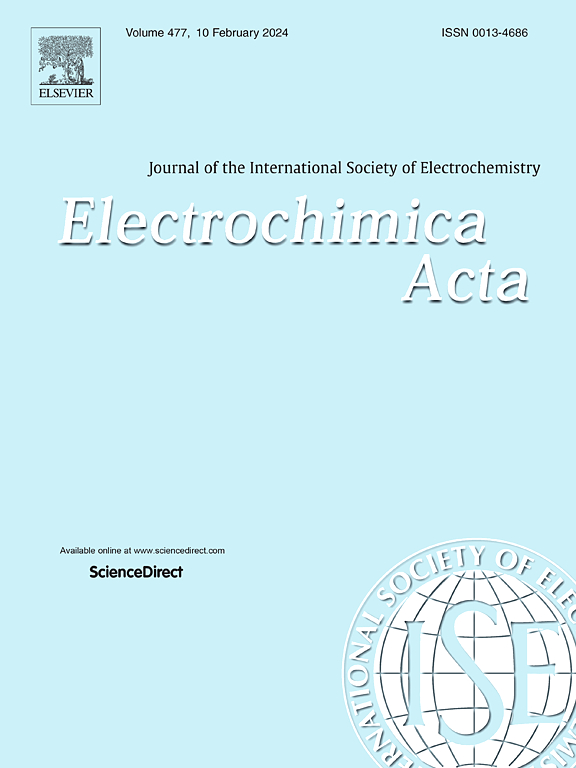用于癌症治疗监测的电化学(生物)传感器
IF 5.5
3区 材料科学
Q1 ELECTROCHEMISTRY
引用次数: 0
摘要
传统的治疗方法已不能满足癌症治疗复杂性和精准医学的要求。通过分子反馈进行实时护理点(POC)监测对于这些系统至关重要。电化学生物传感器通过其高灵敏度和特异性的结合以及适合小型化平台的能力来推动这种转变。本文探讨了电化学生物传感器在癌症治疗实时监测中的正确实施。该系统追踪循环化疗药物与肿瘤衍生的核酸,包括循环肿瘤DNA (ctDNA)和microRNA (miRNA),并评估氧化应激标志物和免疫检查点蛋白。他们的能力支持早期发现治疗失败、耐药性发展、剂量需求以及精准肿瘤学的其他关键组成部分。本文综述了将电化学生物传感器集成到便携式、可穿戴和可植入系统中用于连续癌症治疗监测的过程。微流体与无线传输和先进材料的结合导致了功能和生物相容性的改善。使用人工智能(AI)进行信号分析使医疗保健提供者能够做出自适应的治疗选择。采用临床验证技术的系统在实际应用中表现出良好的能力。总之,电化学生物传感器标志着癌症治疗的一个转折点。通过实现实时、生物学信息和患者特异性监测,它们弥合了治疗与精确之间的差距。当适当地整合到临床实践中时,这些系统有可能成为一种适应性和智能的过程,从而彻底改变癌症治疗。本文章由计算机程序翻译,如有差异,请以英文原文为准。

Electrochemical (bio)sensors for cancer therapy monitoring
Traditional therapeutic methods fail to meet the demands of cancer therapy complexity and precision medicine requirements. Real-time point-of-care (POC) monitoring through molecular feedback is essential for these systems. Electrochemical biosensors drive this transition through their combination of high sensitivity and specificity with their ability to fit into miniaturized platforms. The article investigates the proper implementation of electrochemical biosensors for cancer therapy monitoring in real-time settings. The systems track circulating chemotherapeutic agents together with tumor-derived nucleic acids including circulating tumor DNA (ctDNA) and microRNA (miRNA) and assess oxidative stress markers and immune checkpoint proteins. Their capabilities support early detection of treatment failure, resistance development, and dosing needs and further critical components of precision oncology. This review evaluates the process of integrating electrochemical biosensors into portable, wearable and implantable systems for continuous cancer therapy monitoring. The combination of microfluidics with wireless transmission and advanced materials leads to improved functionality and biocompatibility. The use of artificial intelligence (AI) for signal analysis enables healthcare providers to make adaptive treatment choices. The systems that use clinically validated technologies show promising capabilities for real-world deployment.In conclusion, electrochemical biosensors mark a turning point in cancer care. By enabling real-time, biologically informed, and patient-specific monitoring, they bridge the gap between therapy and precision. These systems have the potential to revolutionize cancer treatment by becoming an adaptive and intelligent process when properly integrated into clinical practice.
求助全文
通过发布文献求助,成功后即可免费获取论文全文。
去求助
来源期刊

Electrochimica Acta
工程技术-电化学
CiteScore
11.30
自引率
6.10%
发文量
1634
审稿时长
41 days
期刊介绍:
Electrochimica Acta is an international journal. It is intended for the publication of both original work and reviews in the field of electrochemistry. Electrochemistry should be interpreted to mean any of the research fields covered by the Divisions of the International Society of Electrochemistry listed below, as well as emerging scientific domains covered by ISE New Topics Committee.
 求助内容:
求助内容: 应助结果提醒方式:
应助结果提醒方式:


